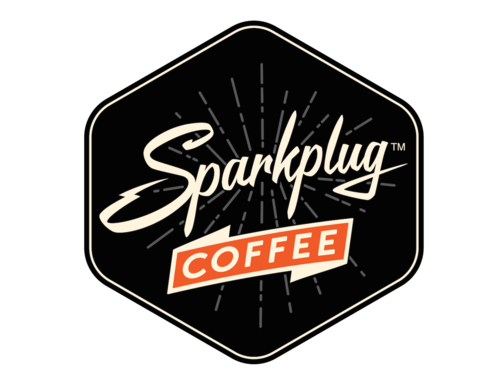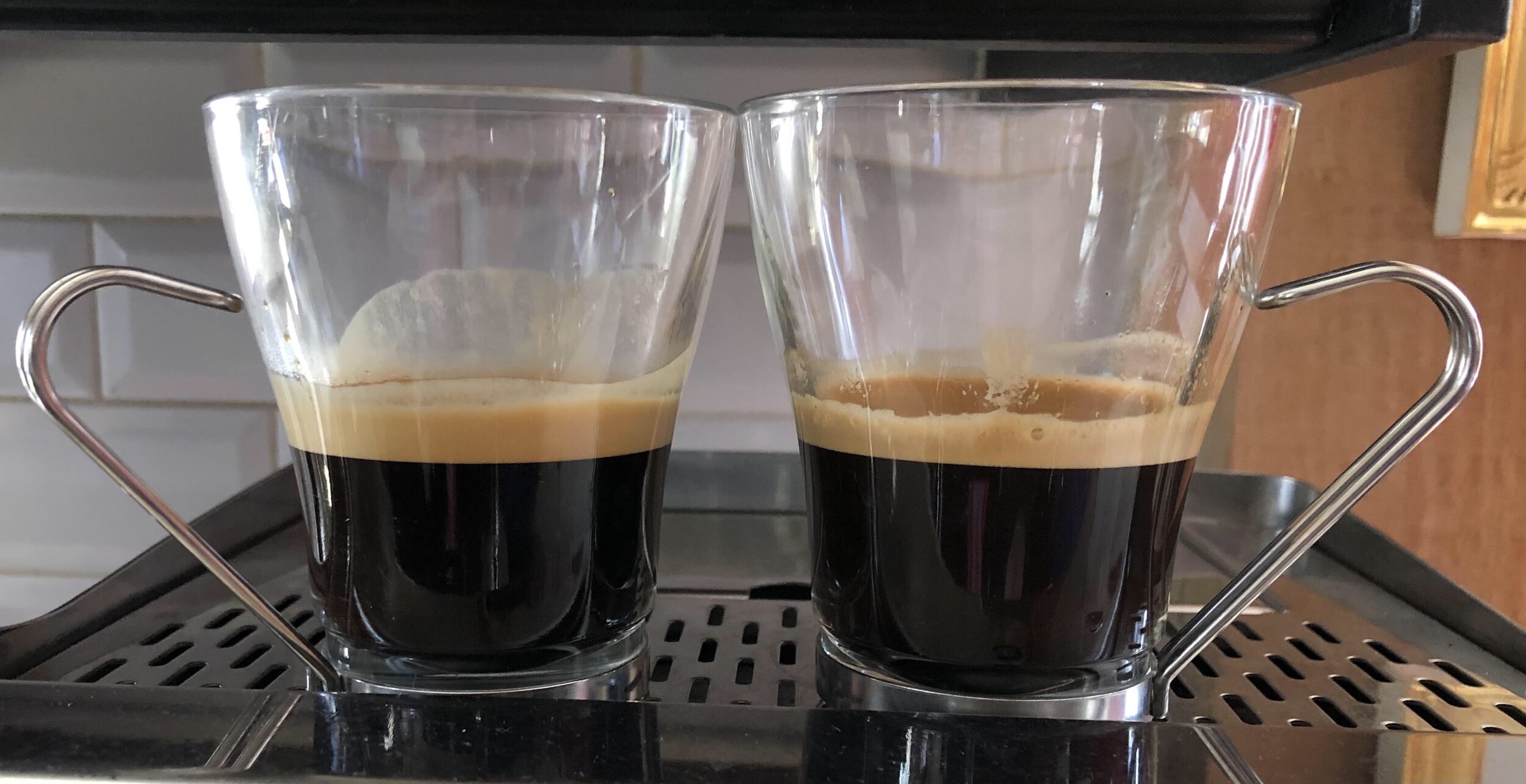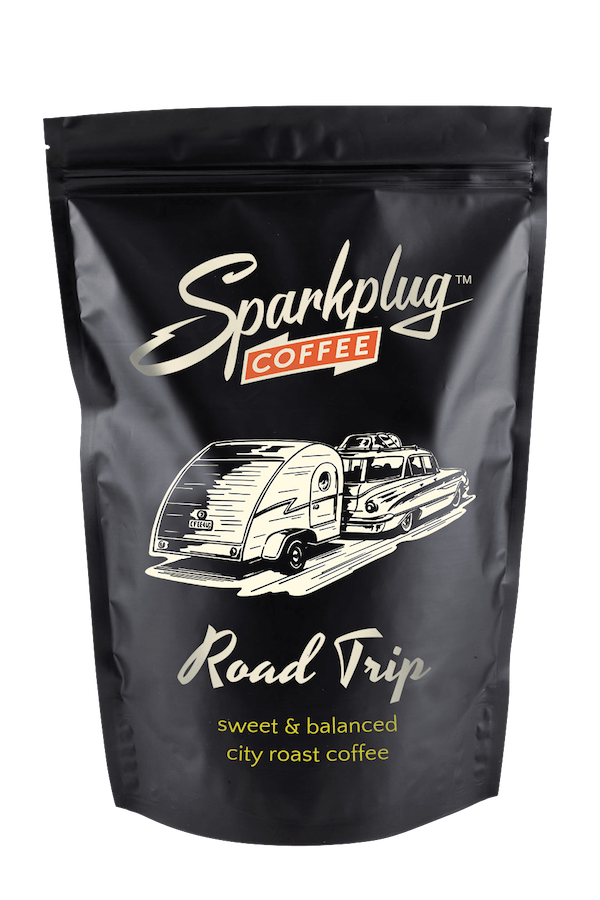4 Common Questions Answered & 1 Buyer-Beware Tip That Makes Us Pro Blend
People ask me all the time:
Which is better, Single Origin Coffee or Blends?
For some coffee lovers, this is a loaded question.
With the rise in popularity and availability of single origin coffees, many world-renowned roasters and baristas would have you believe that there is no debate; single origin coffees are the superior choice. Hands down. Case closed.
But I disagree.
While there are some wonderful single origins out there, we here at Sparkplug aren’t afraid to get controversial by saying, in a debate between single origin coffee vs blends, we’re pro-blend. Every time.
And here are our reasons why. PLUS, a Buyer-Beware tip everyone should know before their next coffee purchase.
Before we kick off this friendly sparring, let’s give some background…
What is Single Origin Coffee?
Single origin coffee is, as it sounds, from one geographic location, region, or country. Much like the designation of wines, labelling a coffee as single origin lets you know that all the beans (not necessarily of the same varietal) are harvested from a single location.
However… this designation can span the geography of one whole country or the hectares of a single farm. Each still falls under the category of single origin.
What is a Blend?
A blended coffee is a mixture of two or more different coffee origin beans. Typically, blends are designed for consistent and differentiated flavour expressions.
Having met the contenders, let me start answering the four most common questions about Single Origin Coffees vs Blends.
1. Do Single Origin Coffees Taste Better Than Blends?
They taste different.
It’s not a given that drinking a single origin coffee will automatically be delicious or even familiar to your palate compared to a blend.
Single origin coffees vary in flavour profiles. Some taste fruitier with citrus flavours. Others, as thin as tea. While some are described as exotic, bold, and robust. So, you can see, there is no one, singular, taste. And, of course, the taste also depends on how the coffee has been treated after it was picked - how it was processed and how it was roasted.
What is touted by single origin fans as its primary virtue is its purity.
As these beans are gathered from one geographic location, their flavour (affected by naturally changing elements like climate and soil) represents a moment in time.
But it may not be your style to taste a surprise in your cup each season.
Blends provide the consumer with continuity of taste. A well-designed blend brings out the best of each of its parts, delivering drinkers a more complex, nuanced, and delicious coffee experience.
Our Kick Start Medium Roast Blend, for example, combines Central and South American coffees with a single origin Ethiopian coffee. Their combination creates a balanced palate with hints of toasted nuts, caramel, cocoa and berries, and has a smooth, rich taste and more complexity than any of these three coffees on their own.
2. Is Single Origin Coffee Better for Espresso?
All of Italy cannot be wrong! Espresso calls for blends.
“two perfect double espressos” photo by John Edwards 2021 (submitted to the “Focus on Coffee” photo competition for the SPARK Photo Festival 2021)
Why?
It’s mostly about the method. In espresso preparation, the ground coffee goes through more extreme heat, pressure, and a super short brew time compared to other coffee making methods.
These extremes can throw the balance off-kilter and leave single origin espresso drinkers with a bad taste in their mouth.
You might not be so impressed with your $5 latte if it were suddenly brimming with notes of tangy lime!
To counteract these extremes, most espresso blends combine a few coffees to bring different tastes to the cup. Blending helps baristas to get a consistent taste and the blends are designed to combine more predictably with milk.
3. Are Single Origin Coffees More Sustainable Than Blends?
You’ll notice the word traceable comes up a lot when discussing single origin coffees as there is often a direct trade relationship between producers and roasters. But is this level of sustainability exclusive to coffees labelled single origin?
No.
As many are familiar, the coffee industry has been rife with unsustainable and unethical practices. The correction of which, I am happy to see, is on the consumer’s mind when purchasing coffee.
But blends can be just as sustainable as their single origin counterparts. Remember, blends are a combination of single origins, and therefore, they can — and should — be sourced fairly and traded directly.
However, bad actors may boast direct trade on their labels but not have sustainable practices.
So, whether you choose single origin coffees or blends, it is always worth taking the extra time to be sure that your coffee is conscience friendly.
And I am proud to say that at Sparkplug, all of our coffees are directly traded and fairly sourced!
4. Are Single Origin Coffees Better Quality Than Blends?
Well, I think you’ve figured out where I stand on this, but let’s address the perceived difference in quality between single origins and coffee blends.
There is an obvious argument as to why single origin coffees are highly regarded: smaller batches, possibly from smaller crop yields (depending on region size), and the fluctuation in their taste from the natural terroir makes them harder to reproduce. They are also often more expensive than blends.
But does that imply overall superiority?
In a recent study conducted by the University of Texas, summarized in Science Daily, “many consumers associate high price with high quality” (no duh) but this also means that people use price as an indicator of quality when they perceive a lot of difference among brands.
But perception isn’t everything.
High prices for single origin coffees can be due to scarcity - tiny crop sizes - and the difficult path from the farm to your cup. But scarcity does not imply quality.
Blends, on the other hand, have gotten a bad rap, having been viewed as mass-produced, generic, and a way to mask ‘bad beans.’ Now, while I cannot defend every blend, I want to urge folks to shed this old idea and embrace the beauty of quality blends.
A blend that is made up of two or more high quality single origin coffees can be better quality - and just as expensive - as the single origins on their own.
Coffee blends can be high-performing and versatile creations, accounting for excellence in taste, mouthfeel, and solubility. The design of a good blend is a delicious kind of alchemy made to captivate all your senses. And can be reconfigured to bring about whole new flavour profiles. (Can you tell I’m passionate about blends?)
Take our Kick Start Medium Roast Blend compared to our Road Trip City Roast Blend. Both are composed of South American and Ethiopian beans. Yet the two taste remarkably different. Kick Start is smooth and rich with notes of toasted nuts, caramel, cocoa and berries, while Road Trip is our most delicate coffee with hints of blueberry, jasmine, and raisin.
Same beans, different combinations, completely different taste experiences. Now, that’s the power of blends!
Is Paying More for Coffee Worth It?
Buyer-Beware Tip: Know What’s in the Bag
Blends are beautiful, but you should always know what’s really in the bag!
Coffee lovers who enjoy rare coffees like Jamaican Blue Mountain, the Hawaiian Kona, or Kopi Luwak (affectionately dubbed ‘cat poop coffee’) know these can be pricey. Their high cost is due to their teeny crop yields, location, and intense harvesting processes.
These beans can often appear in lower-priced (though still expensive) blends. If buying a special and rare coffee like these, be sure to look at the label. Some of these high-priced blends are sold with less than 10% of those rare beans in the bag! (Oh, no!)
So, always make sure you know what you’re buying.
* A quick caveat on price: As mentioned earlier, the coffee trade has a history of low cost due to exploitation. Some consumers are still not used to the actual cost of coffee, which should factor in fair wages, exotic real estate, and farming overhead. Another great reason to be sure the coffee you’re buying is directly traded and fairly sourced like each of our blends at Sparkplug Coffee.
At the end of the day, whether you choose to enjoy a cup of single origin coffee or a blend, it’s worth getting to know your provider. Find out where they buy their beans and maybe even get their recommendation.
If you’re still on the fence about blends, I recommend you add a bag of Kick Start or Road Trip to your next delivery and taste for yourself why I’m entirely pro blend!






